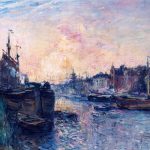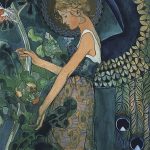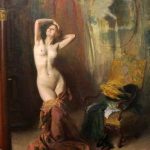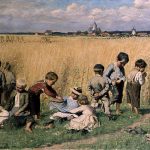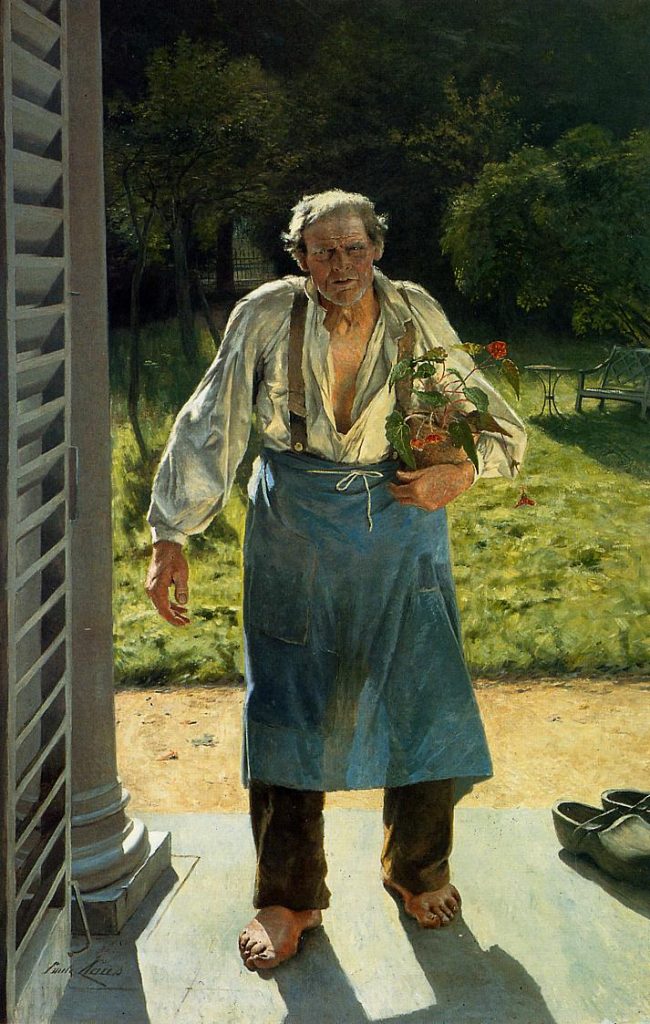
Emile Claus, born on September 27, 1849, in Sint-Eloois-Vijve, Belgium, stands as a visionary force in the world of Belgian and European art. His life journey traversed the dynamic landscapes of the late 19th and early 20th centuries, and his contributions to the art world left an indelible mark, particularly in the development of Belgian Luminism.
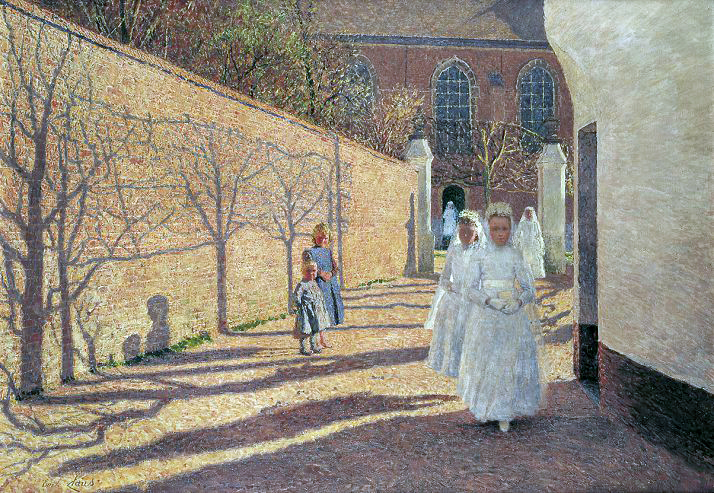
Claus’s early years were steeped in the picturesque surroundings of rural Belgium. Raised in a farming family, he developed a deep connection to the natural world and an appreciation for the changing seasons. This early exposure to the beauty of the Belgian countryside would profoundly influence his artistic vision.
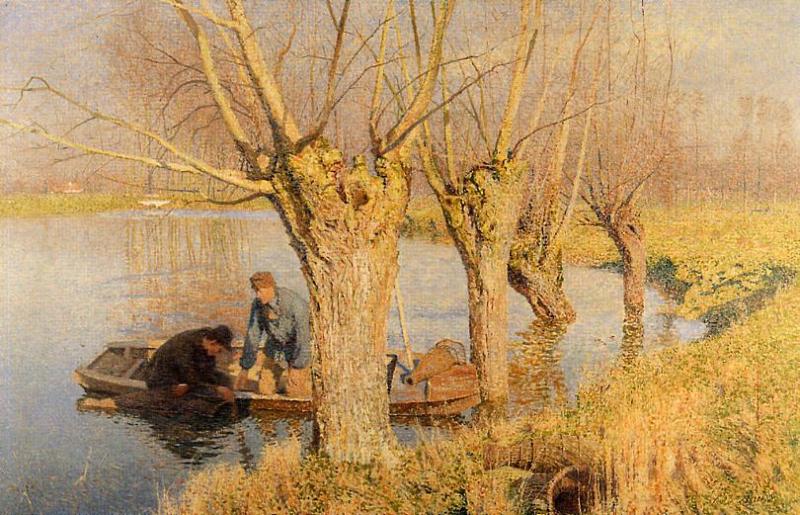
In 1869, Claus embarked on his formal artistic education at the Académie Royale des Beaux-Arts in Antwerp. Under the guidance of Joseph Van Lerius, he honed his skills and immersed himself in the academic traditions of the time. However, the allure of innovation and a desire to capture the immediacy of nature led him to seek inspiration beyond the confines of academic conventions.
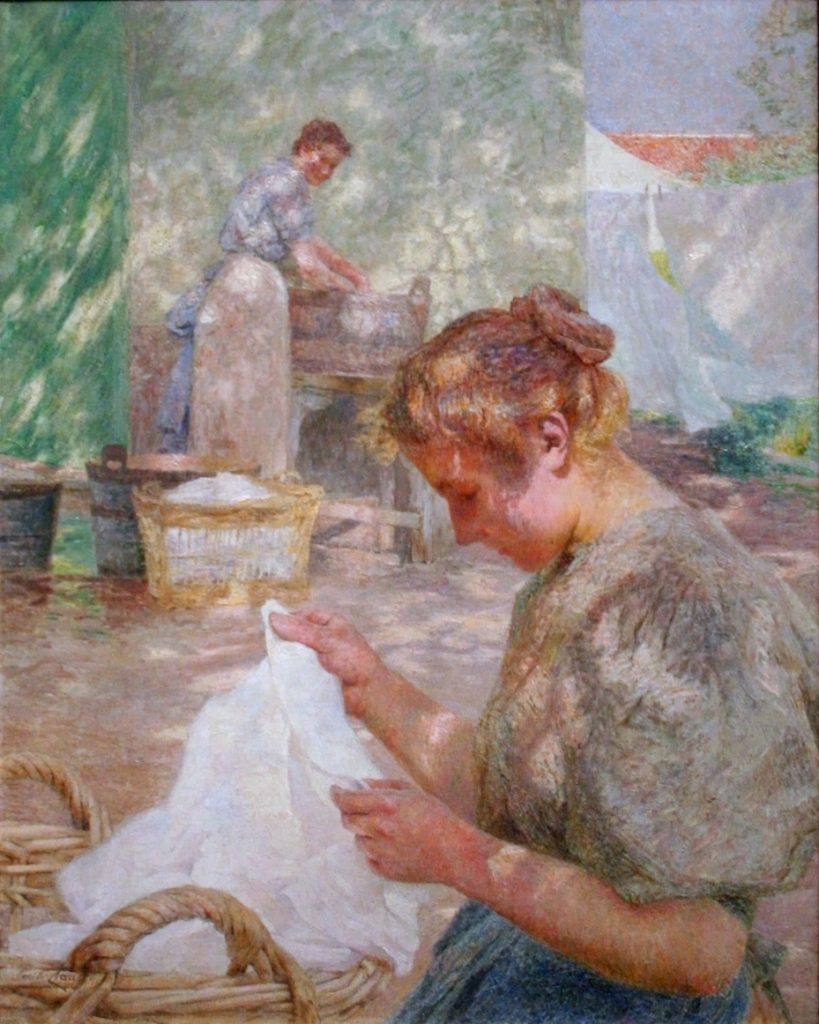
A pivotal moment in Claus’s career came in 1889 when he co-founded the avant-garde group “Vie et Lumière” (Life and Light) along with artists like Anna Boch and Georges Lemmen.
A Luminous Group
This group sought to break away from the academic norms prevailing in Belgian art and embrace the revolutionary techniques of Impressionism. Claus, deeply inspired by the luminous landscapes of the Belgian countryside, became a leading figure in this movement, setting the stage for his future explorations in light and color.
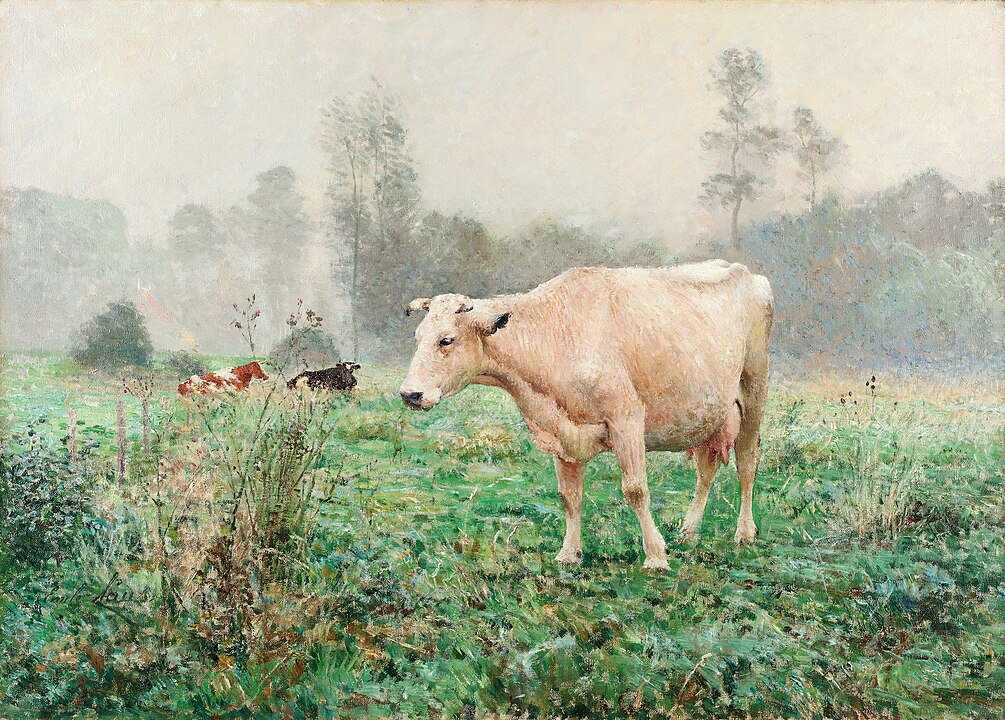
Claus’s commitment to capturing the fleeting effects of light and color in nature marked the emergence of Belgian Luminism. His signature style was characterized by vibrant hues, loose brushstrokes, and an emphasis on the atmospheric qualities of the scene. Works such as “Summer,” “Winter,” and “The Harvest” exemplified his ability to infuse ordinary scenes with a radiant luminosity, transcending traditional representations.
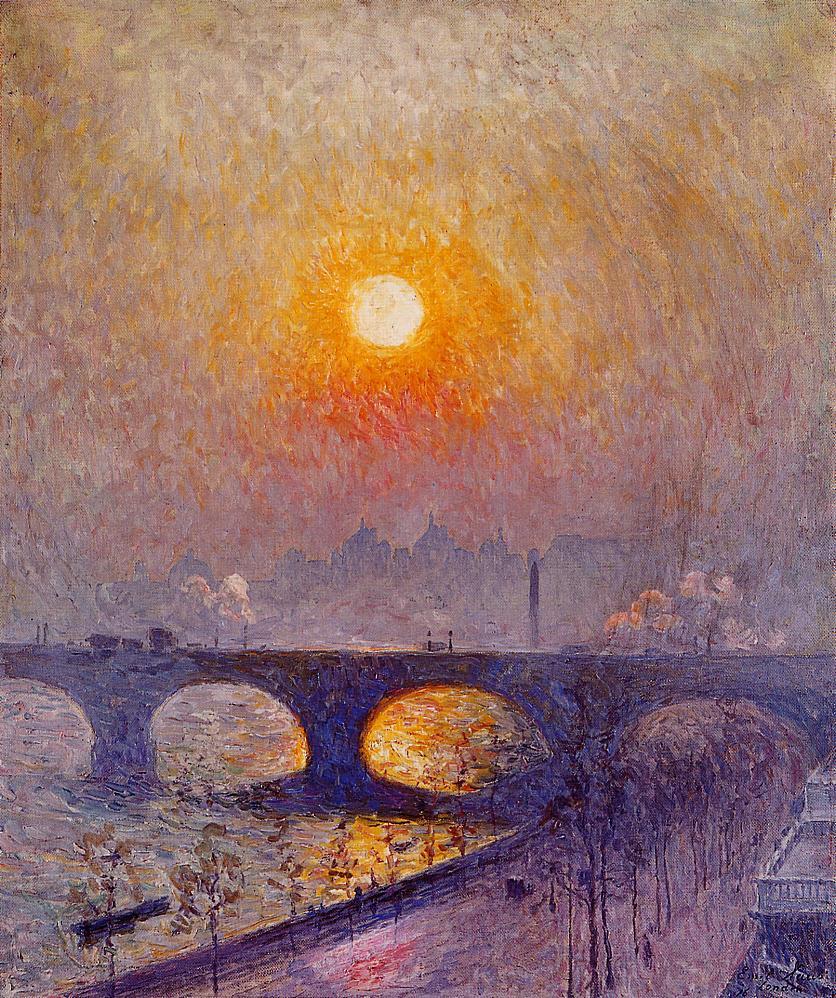
Claus’s fascination with the Belgian countryside and its seasons became a central theme in his work. The changing hues of the landscape, the play of light on fields and water, and the nuances of rural life were recurrent motifs. His dedication to capturing the essence of rural existence aligned with the broader European movement towards depicting the authenticity of everyday life.
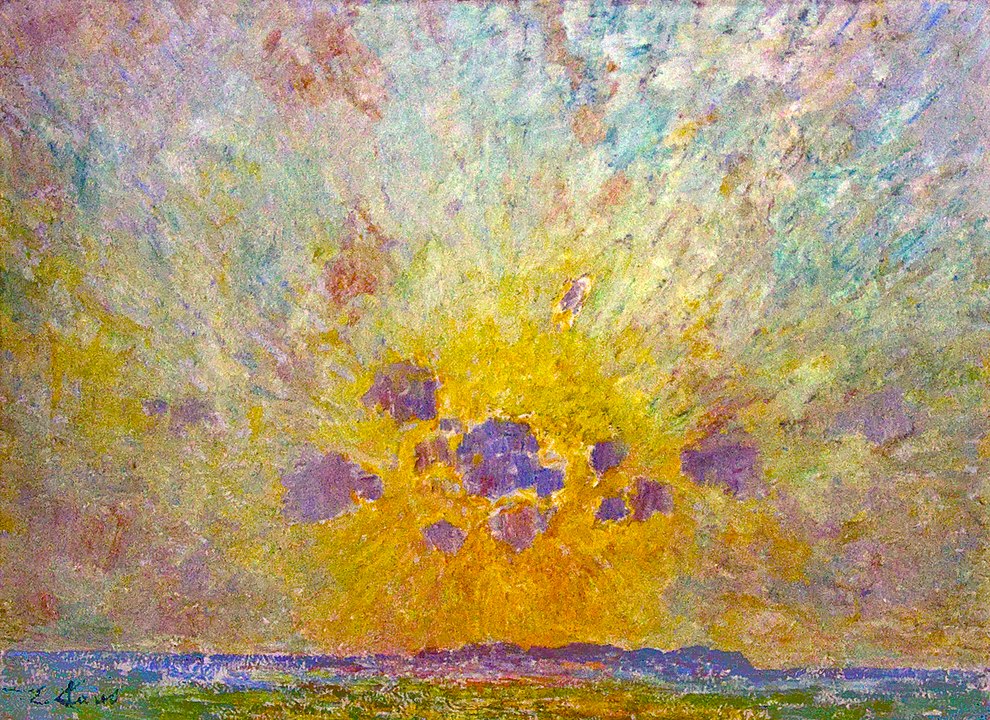
As Claus’s mastery of Luminism gained acclaim, his works found audiences beyond Belgium. He exhibited widely in major European cities, including Paris and Berlin, where his paintings were met with appreciation for their innovative approach to capturing the vitality of nature. Claus’s international recognition solidified his status as a leading force in the evolving European art scene.
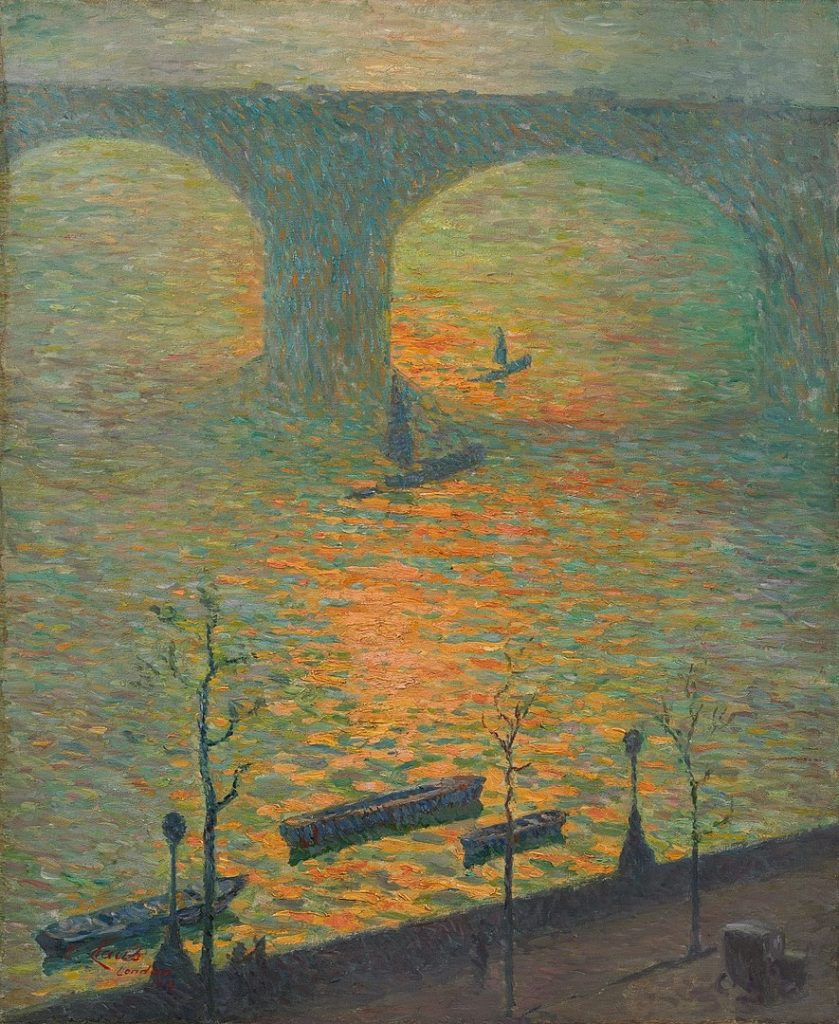
Emile Claus was not only a painter but also a cultural figure deeply engaged in shaping the artistic landscape. He co-founded the Libre Esthétique, an avant-garde group, and played a pivotal role in the Belgian art scene. His contributions extended beyond the canvas, reflecting a commitment to the broader cultural and societal context in which he lived.
The Adaptability of Claus
In his later years, Claus continued to paint and explore new avenues of artistic expression. His works evolved, and he experimented with different styles while maintaining the luminous quality that defined his earlier masterpieces. The influence of Fauvism and Post-Impressionism can be observed in his later works, showcasing his adaptability to evolving artistic currents.
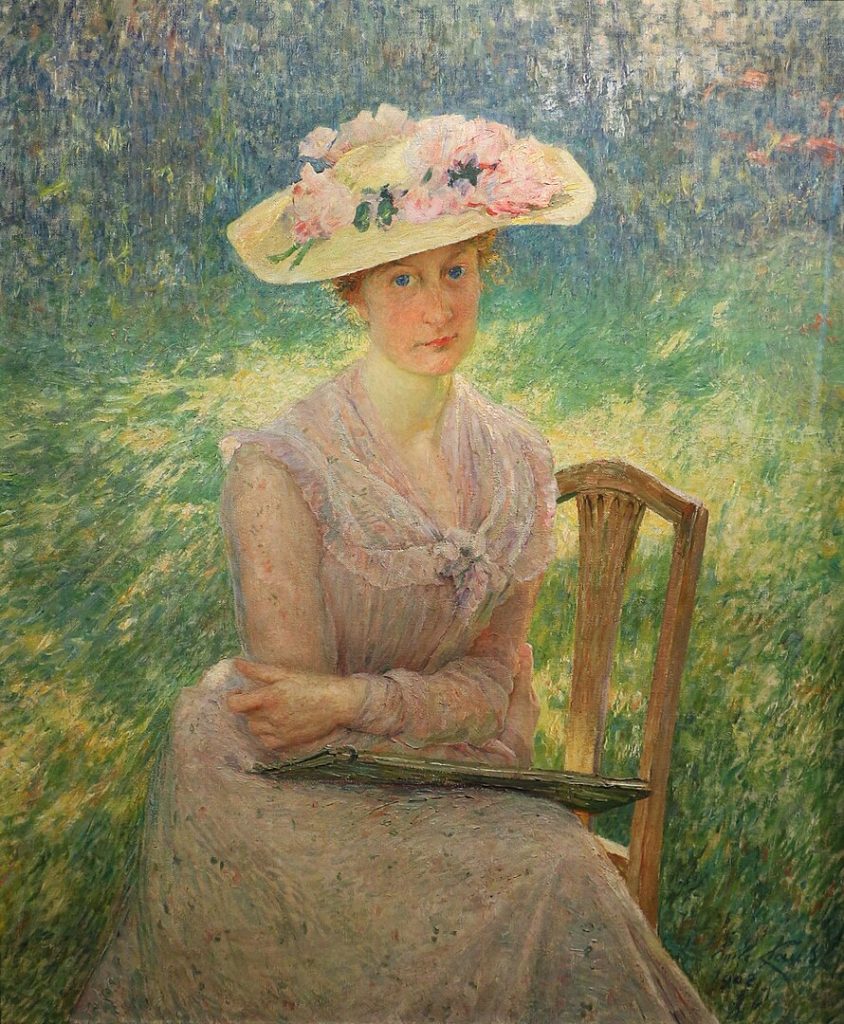
Emile Claus passed away on June 14, 1924, leaving behind a legacy that continues to resonate in the annals of Belgian and European art. His pioneering role in Belgian Luminism, his celebration of the Belgian countryside, and his commitment to capturing the transformative power of light and color endure as a testament to his visionary contributions. The Cottage Claus in Astene stands as a living testament to his holistic vision, inviting future generations to immerse themselves in the radiant world of Emile Claus.

